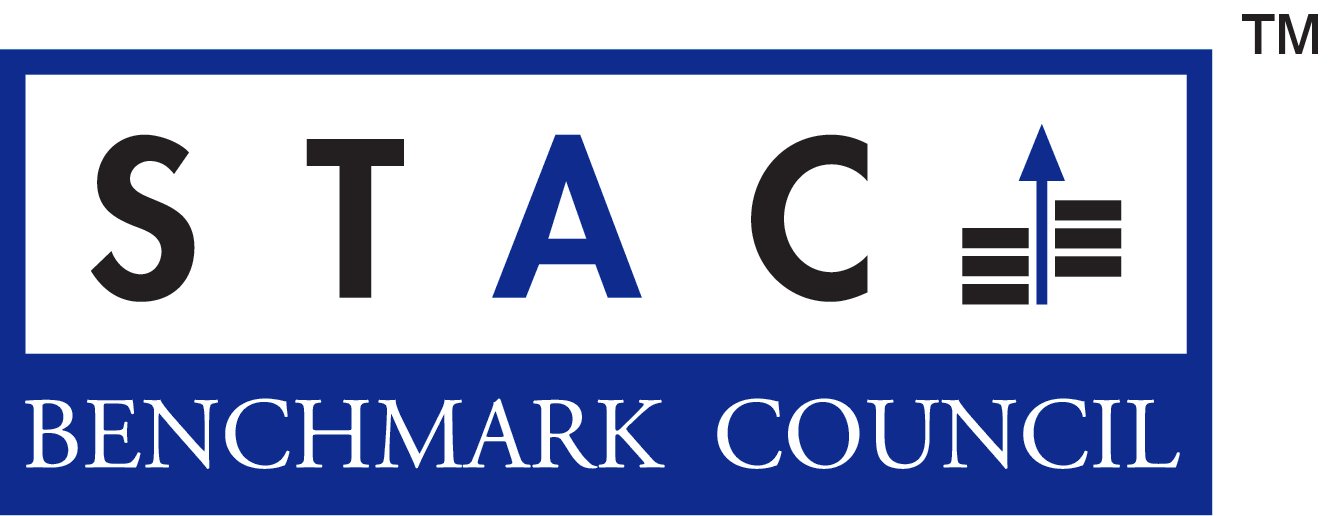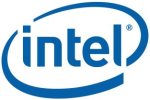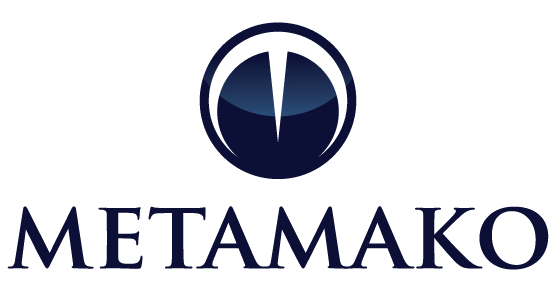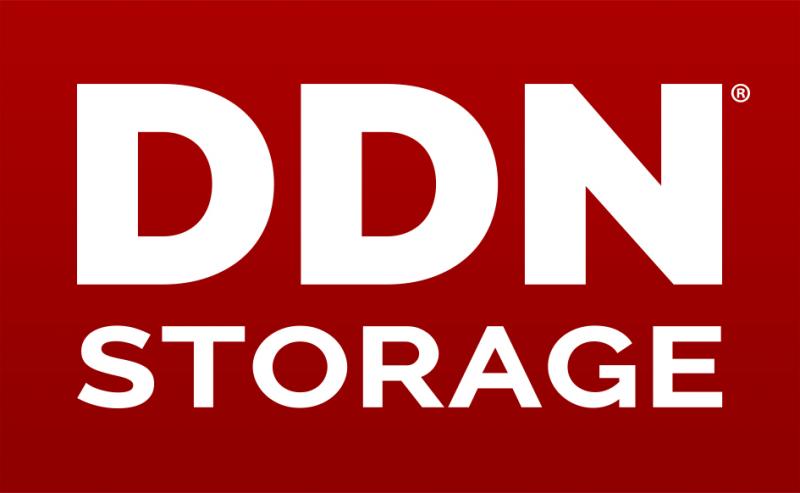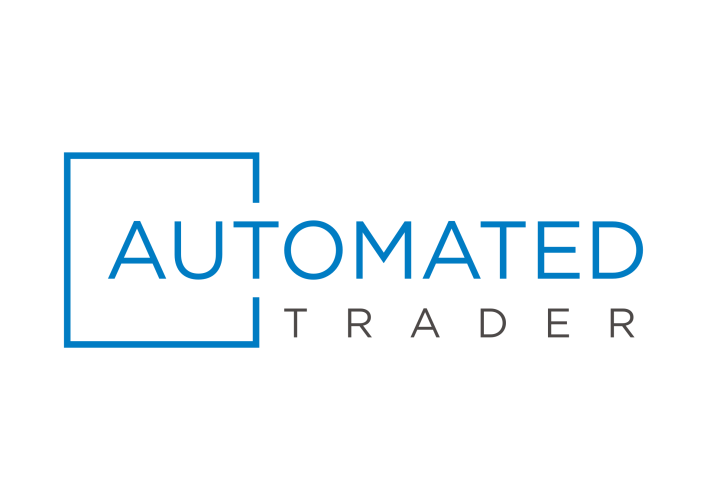STAC Summit, 18 Oct 2016, Chicago
WHEN
Tuesday, 18 October 2016
WHERE
Illinois Institute of Technology Auditorium
565 West Adams Street, Chicago
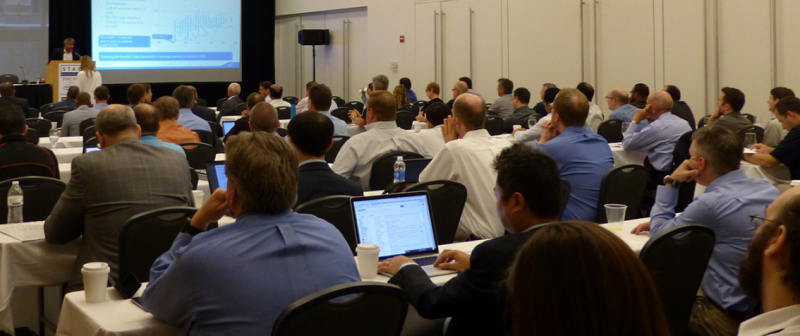
Agenda
Click on the session titles to view the slides (may require member permissions).
 Big Compute
Big Compute
 Big Data
Big Data
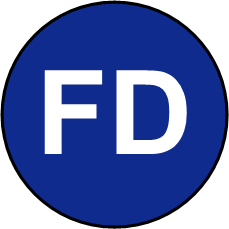 Fast Data
Fast Data
STAC Exchange

 |
|
|
Vendors with exhibit tables at the conference. (click here for the exhibitor list). |
Putting time-sync and capture standards to use |
|
|
STAC-TS is a set of standards for testing time-stamping and event-capture solutions. Beginning this year, trading firms will be able to use STAC-TS results to demonstrate traceability in their system designs for regulations like MiFID 2, as well as to evaluate gear for monitoring ultra-low-latency information flows, where accuracy requirements are typically much more stringent. A group of experts from trading firms and vendors has been developing these standards and the supporting tools for the past several months. In this talk, Peter will provide an overview of the methodologies covered by the standards, the tools that are becoming available, and the emerging testing agenda. |
Innovation Roundup |
|
| "Timing Systems and GNSS Vulnerabilities" Dave Sohn, Senior Product Manager, Spectracom |
|
| "Financial Trading Demands Next-Generation Performance Monitoring" Vittal Krishnamurthy, Sr. Product Manager, cPacket |
|
| “Napatech’s 2 x 40GbE Full Packet Capture Solution” Michael Wright, Business Development Manager, Napatech |
|
| "How Provenance can make MiFID 2 timing compliance easy" Tom Leahy, Senior Sales Engineer, Endace |
|
| "Low latency networking, time synchronization and packet capture using Exablaze NICs and switches" Robert DeWitt, Consulting Engineer, Exablaze |
Innovation Roundup |
|
| "Solarflare Sets the Latency Bar" Matthew Knight, Technical Marketing Director, Solarflare |
|
| "Low latency infrastructure for 25GbE and above" Asaf Wachtel, Sr. Director, Business Development, Mellanox Technologies |
|
| "Harness the full potential of FPGAs in nanosecond trading" Henrik Lilja, General Manager, Fiberblaze |
What's the reference for the reference? Proving timestamp accuracy to the nanosecond |
|
|
Ultra-low latency trading firms increasingly care about time measurements in nanoseconds, and vendors of network-timestamping devices often claim accuracy in the tens or even single-digit nanos. But how can one independently verify those claims? A basic principle is that to measure the accuracy of one thing, you need something more accurate with which to measure it. In this talk, David will explain a methodology within STAC-TS that Metamako has spearheaded, in which the accuracy of a device's timestamps on 1Gbps or 10Gbps Ethernet can be determined to a single nanosecond. |
Innovation Roundup |
|
| "Building superior resilience without software overheads" David Whitney, Director, Global Financial Services, Stratus |
|
| "Faster Lock-up Data from DC" Bruce Glover, Director Business Development, Finance and Data, AP |
|
| "Product update: always better performance and broader coverage!" Olivier Baetz, COO, NovaSparks |
Cloud realities for capital markets  |
|
|
Cloud solutions play an increasing role in financial markets, but the cloud ROI for a given firm depends on the approach it takes. In this talk, Adam will discuss key factors to consider in cloud adoption based on a collection of personal and client experiences. He will cover use cases specific to finance, as well as best practices to position your firm for the future. |
Innovation Roundup  |
|
| "Supporting HPC environments : Scale and Power design provide efficiencies for FinServ" Caroline Brelsford, Global Accounts Regional Director, CyrusOne |
|
| "Solve IO Bottlenecks at Scale" Greg Ulepic, North Central Area Sales Director, Avere Systems |
STAC Update: Big Compute |
|
|
Peter will present the latest STAC-A2 benchmark results and explain how the benchmark suite has been enhanced to improve insight into performance and power/space efficiency. |
AI in capital markets: Some observations and opinions  |
|
|
Vin helps firms in industries such as financial markets, automotive, and healthcare use artificial intelligence technologies to solve problems that would otherwise remain difficult to tackle. In this talk, Vin will first provide a taxonomy and common vocabulary for discussing AI, followed by an overview of the AI pipeline—from training data to realtime decisions—and a review of the most common software tools used at each stage. Next he will dig into use cases in capital markets—including systematic trading—offering his observations on the types of problems that firms are tackling with AI, the challenges that firms are running into, and which avenues seem to have the most promise. Finally, Vin will offer a point of view of the role of different hardware technologies (CPU, GPU, Xeon Phi, FPGA, and special-purpose ASICs) in each stage of the pipeline. And since no talk on machine learning is complete without a prediction, Vin will end with a forecast on the hardware and software for AI over the next few years. |
STAC Update: Big Data |
|
|
Peter will review the latest benchmark results involving big data workloads. |
It’s the infrastructure, stupid: How to process big data faster |
|
Financial markets have had “big data” challenges since long before the term entered the hype curve. While most of today’s hype surrounds open source data-management software that is causing heartburn in the traditional database industry, there’s another less visible revolution going on in infrastructure. This includes major advances in hardware such as non-volatile media and interconnects, as well as software layers that enable applications to take better advantage of this new hardware (as well as existing kit). STAC has brought together a panel of innovators, each of whom has a unique angle on the problem, but all of whom believe that firms can achieve performance that was either impossible or too expensive until now. After presenting their points of view and propositions, our panelists will debate the pros and cons of these new approaches to data-intensive workloads. |
Realtime algorithms – New approaches and new benchmarks  |
|
Many markets today rely on fast computation of prices, sensitivities, and other analytics in response to new market information. In fact, given the extent to which most firms have already squeezed latency out of I/O, speedups in trading algorithms themselves and the calculation engines that support them can often provide the biggest payoffs. Some techniques for acceleration rely on offloading calculations to a co-processor. In this talk, Mike will review the tradeoffs of these techniques and offer his point of view on the most promising approach (hint: it involves FPGA). Along the way, he will discuss how Intel is approaching the integration of FPGA not only at a hardware level but also at a developer level. Peter will then close out the talk by discussing a proposed technology-agnostic STAC Benchmark framework for real-time algorithmic solutions implemented in hardware or software. |
PLATINUM SPONSOR
GOLD SPONSORS
BREAK SPONSOR
MEDIA PARTNER
About STAC Events & Meetings
STAC events bring together CTOs and other industry leaders responsible for solution architecture, infrastructure engineering, application development, machine learning/deep learning engineering, data engineering, and operational intelligence to discuss important technical challenges in financial services.
 |
 |
 |
|---|---|---|

